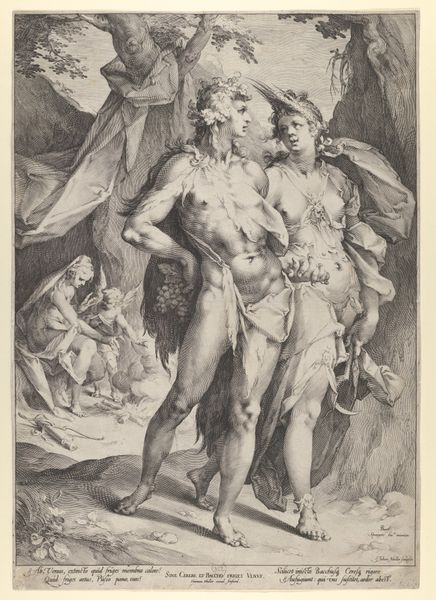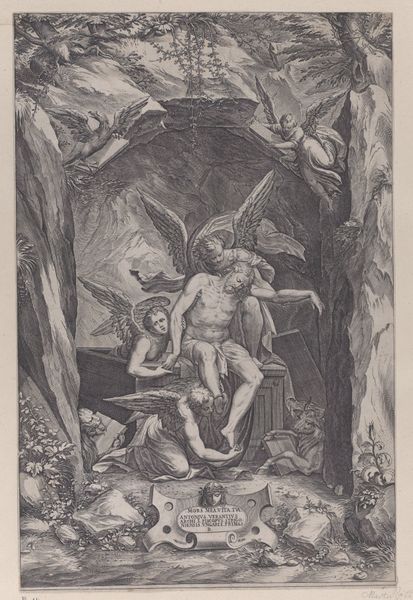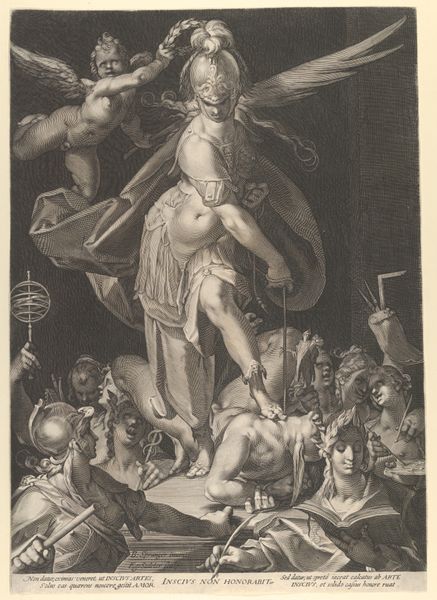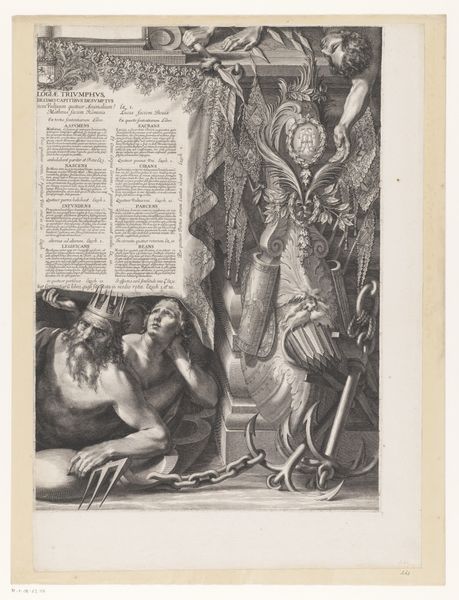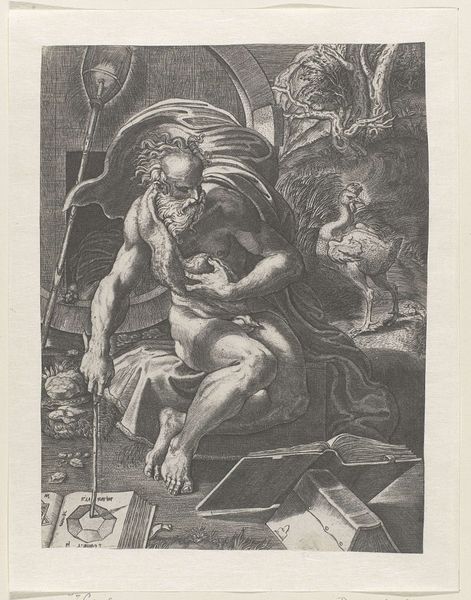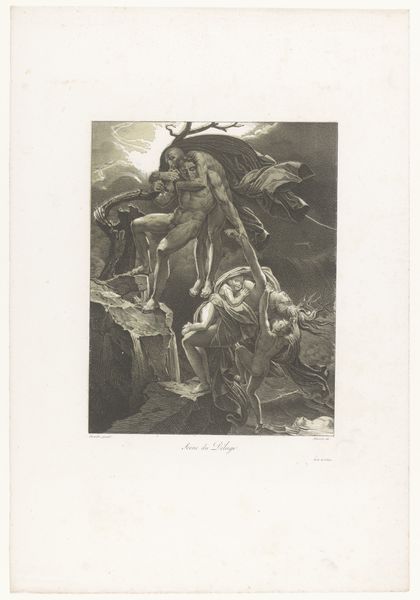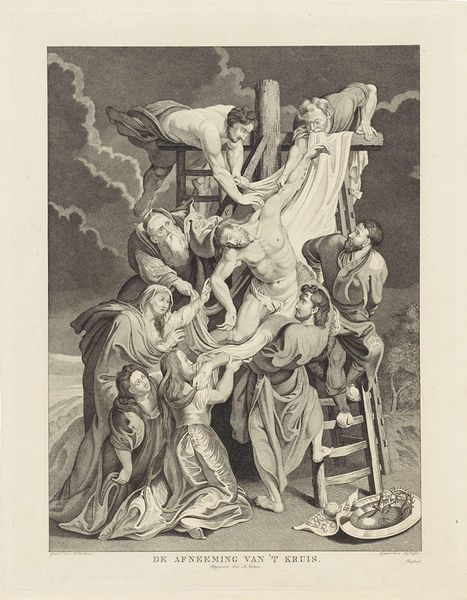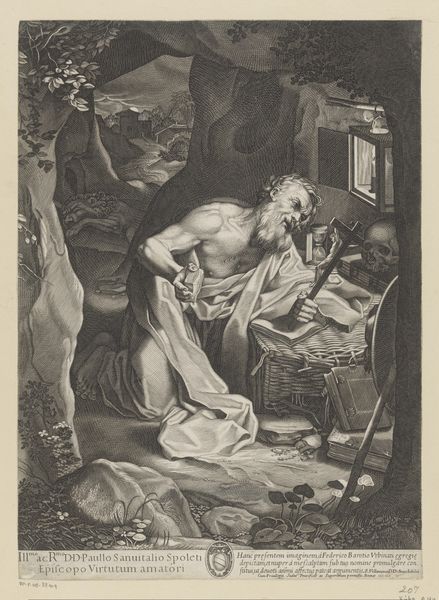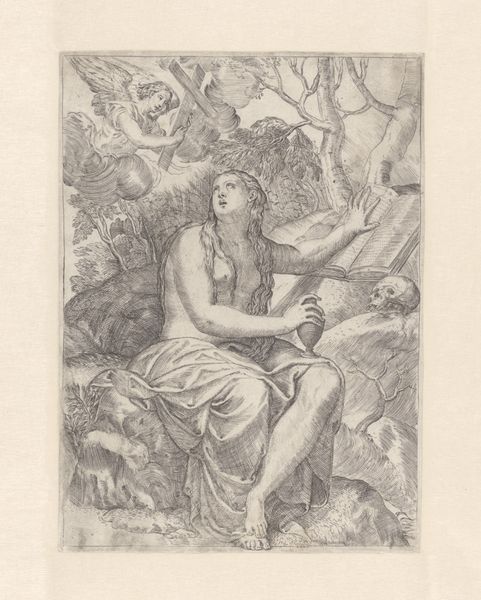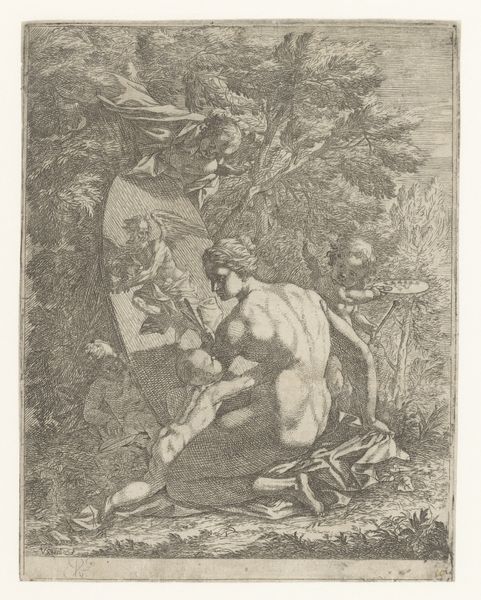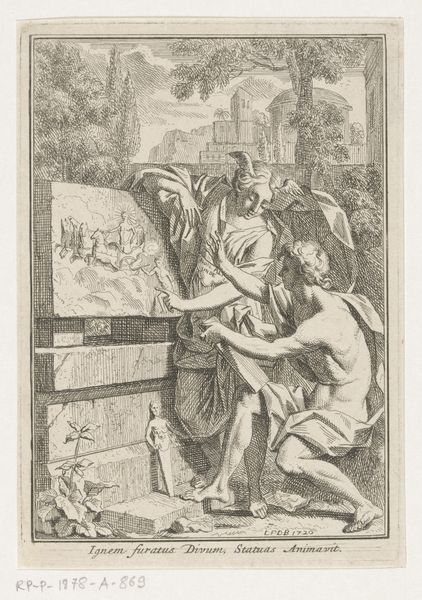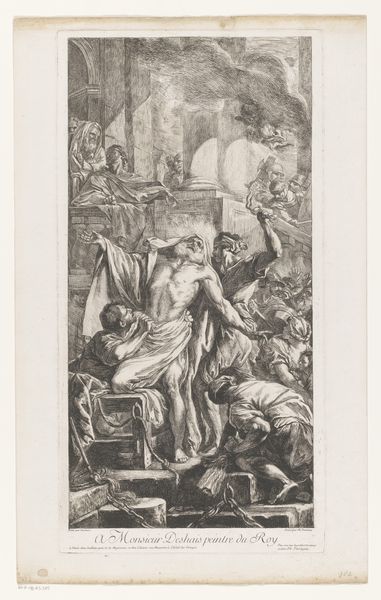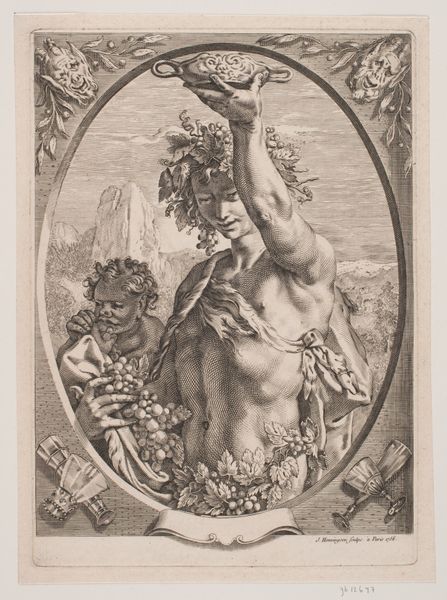
engraving
#
portrait
#
baroque
#
caricature
#
charcoal drawing
#
history-painting
#
engraving
Dimensions: height 311 mm, width 240 mm
Copyright: Rijks Museum: Open Domain
Curator: Let’s dive into this engraving by Francesco Villamena, "Johannes de Doper in de wildernis," from 1613. Editor: It’s a striking image! The lines are so precise. I’m initially drawn to the almost exaggerated musculature of John the Baptist and how the wilderness feels claustrophobic, pressing in on him. How would you interpret this piece? Curator: As a materialist, I’m interested in the production of this engraving. Think about the labor involved in creating those incredibly fine lines with a burin on a copper plate. It's not just about religious iconography but about the artisan's skill and the market for these printed images. The very act of creating and circulating these images challenged the dominance and authority of the Church in dispersing imagery. Who had access to such artworks, and what power did this representation exert? Editor: That's fascinating! I was focusing on the figure himself and his emotional state, but thinking about the means of production changes my perspective entirely. Does the material of engraving itself contribute to the meaning? Curator: Absolutely. Engraving allowed for mass production and dissemination. This impacted the distribution of images and consequently, of ideas. How might the material process democratize or limit the subject? Look at his worn attire, those look like materials sourced from his own surrounding, what statement about him does that evoke? Editor: It makes him feel less like an untouchable saint and more connected to the earth, to the common person. It gives the work a political edge I hadn't noticed at first. Curator: Exactly. Now we are focusing on the materiality and its statement. The circulation of imagery helped influence thought within Europe. What do you think you will carry from this work to further interpret artworks in the future? Editor: Paying more attention to the materials and how they were produced, and how that impacts its interpretation and reach. Curator: Precisely. Considering labour, resources, and societal consumption when studying art is crucial to any reading of cultural intent.
Comments
No comments
Be the first to comment and join the conversation on the ultimate creative platform.
